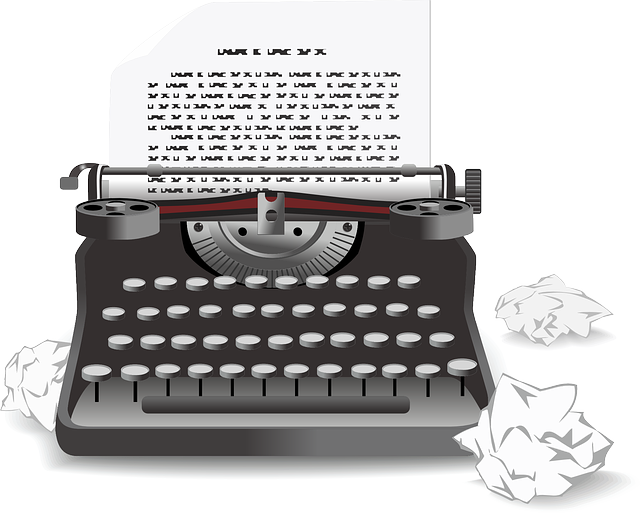“Okay, it’s time to write now.”
Ten minutes later…
“I wonder what’s happening on Facebook…?”
We’ve become quite busy in our lives with all the beeps and blips of modern life. We’re driven to get as much done as possible in the shortest amount of time. We squeeze as much as possible into each waking moment. Folks pride themselves on their ability to multitask. Gotta get things done.Right meow.
Ya can’t walk and chew gum. And you shouldn’t text and drive.
Multitasking is a myth– I’m pretty sure you’ve heard this by now. The more tasks we try to do at once, the more time we spend switching between them than actually doing them.
It’s madness.Permalink
If only we could focus–really focus– on one thing at a time, we’d do a much better job.
So we follow all the good advice so we can get to writing or creating or whatever.
Turn off the TV. Turn off the phone. Turn off the Internet.
But how do you turn off your brain?
We’ve become so accustomed to constant input and activity, that to stop and just do that ONE THING is nearly impossible.
Our minds wander. Our thoughts race. We get anxious. We check in with the world– Facebook, the news, the phone… the fridge.
But, every once in a while, you do it. Right?
We get in THE ZONE.
The ZonePermalink
Ah, the Zone. It’s a wonderful place where the sense of time evaporates and all that matters is the work. Hours later, the spell is broken and you’ve made progress. Your back hurts and you’re kinda hungry, but you’re high on accomplishment.
Aaannndddd…. you can never seem to get that that magical focus again. You can’t call upon it on command. It’s a roll of the dice and a spin of the wheel.
But.
What if I told you it was possible to induce this state of FLOW?
Mihaly Csikszentmihalyi figured this out 30 years ago. Here’s a fascinating TED talk by this guy.
120 Beats Per MinutePermalink
Runners and athletes have learned that training to music at a tempo between 120 and 150 beats per minute can make significant differences. They can train harder and longer. They can sharpen their skills and focus.
Behaviourists and psychologists, looking to help persons with ADHD, Asperger’s and/or related conditions, have figured out that music at a similar tempo improves focus, performance, and ability.
Mediation experts eager to help people improve their working focus have come across this as well.
Video game designers have figured it out too. 120 bmp soundtracks keep players focused and immersed in the game.
Listening to music to help you work is nothing new.But, you can increase the odds of entering a flow state:
- music playlist should have an average tempo of between 120 and 150 bpm
- tracks should have minimal lyrics (none is better)
There are some great free playlists at musicForProgramming–they suggest some other elements of focusing music may include:
- Drones
- Noise
- Fuzz
- Field recordings
- Vagueness (Hypnagogia)
- Textures without rhythm
- Minor complex chords
- Early music (Baroque, lute, harpsichord)
- Very few drums or vocals
- Synth arpeggios
- Awesome / daunting / foreboding
- Walls of reverb
Google Play Music, Microsoft Groove Music and Spotify all have playlists for working out and focusing. Check them out if you’re a subscriber.
Google or search YouTube for “120 BPM” and you’ll get some jams.Some of my favourites include music from the Donkey Kong Country game series and Zelda: Breath of the Wild.
Lately, I’ve been listening to some playlists in the iOS/Android app Calm that have helped me melt away time and amp up the word count.
Hope this is helpful to someone. If you have any other cool playlists, shout out in the comments.




